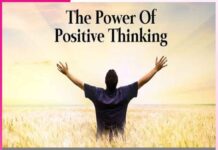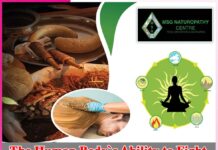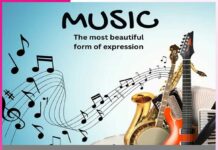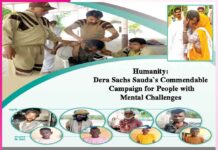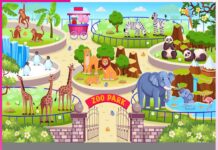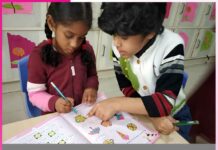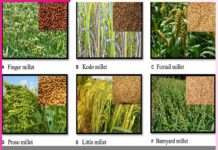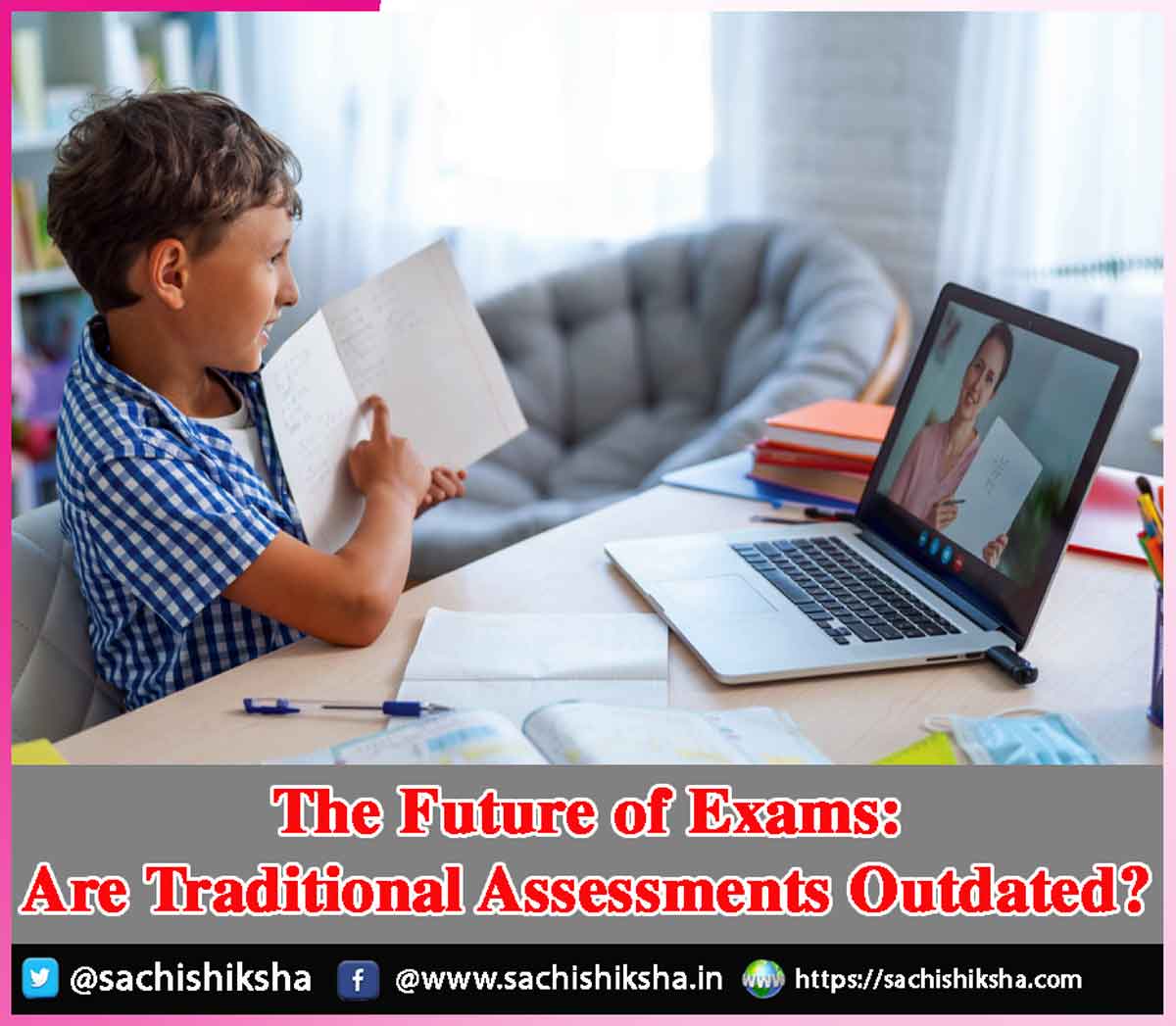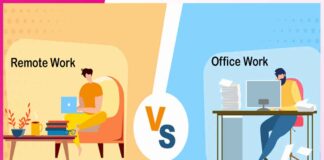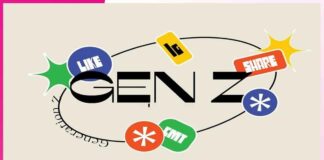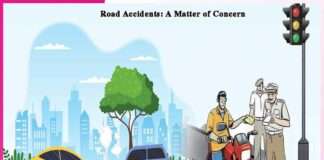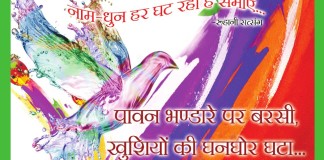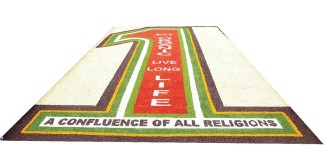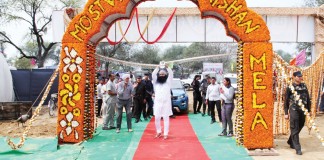The Future of Exams: Are Traditional Assessments Outdated?
Introduction: For centuries, exams have served as a cornerstone of formal education systems across the globe. They have functioned as tools for evaluation, selection, and standardization, offering a seemingly objective way to measure students’ knowledge and skills.
However, with the advent of digital learning, evolving pedagogies, and increasing concerns about mental health and academic integrity, the relevance and effectiveness of traditional assessments are being questioned. Are timed, written tests still the best way to evaluate student learning in the 21st century? This essay explores the limitations of traditional exams, the rise of alternative assessment methods, and what the future may hold for educational evaluation.
Table of Contents
The Nature of Traditional Assessments
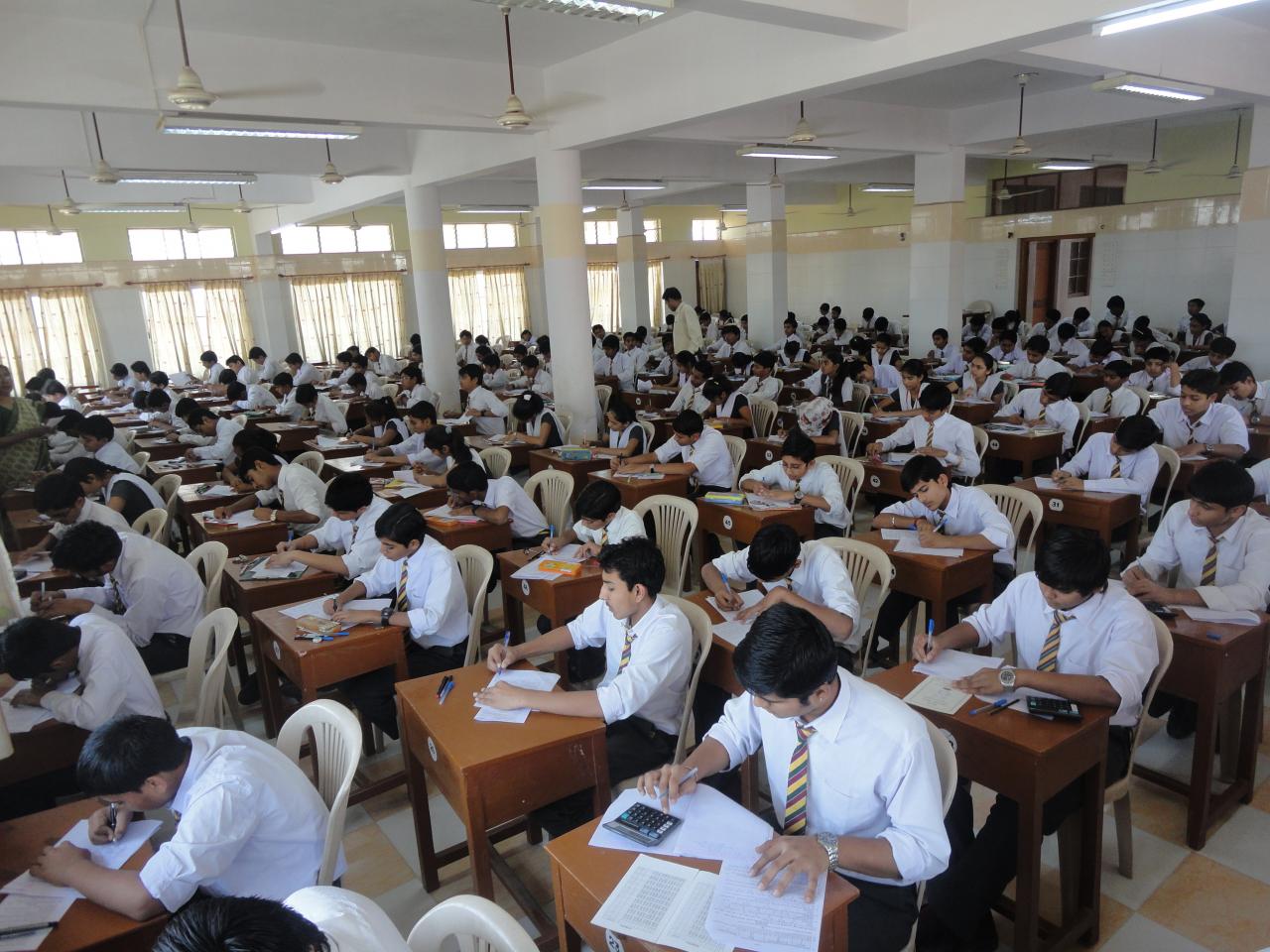
Despite their long-standing use, traditional exams are increasingly seen as outdated due to several critical shortcomings.
Limitations of Traditional Exams
- One-size-fits-all Approach
Traditional exams often fail to accommodate different learning styles, intelligences, and abilities. While some students thrive in test environments, others—equally capable—may struggle due to anxiety, neurodivergence, or language barriers. - Encourages Memorization Over Understanding
Exams frequently prioritize rote learning over critical thinking and conceptual understanding. Students often cram information to pass exams rather than engage in meaningful, long-term learning. - High-stress Environment
The pressure of high-stakes testing contributes to stress, anxiety, and burnout among students. This mental toll can distort true academic potential and hinder learning. - Limited Scope
Exams typically assess a narrow range of skills, such as factual recall and theoretical knowledge. They rarely evaluate creativity, collaboration, emotional intelligence, or practical application—all essential 21st-century skills. - Cheating and Inequity
As exams become increasingly high-stakes, instances of cheating and academic dishonesty rise. Furthermore, students from disadvantaged backgrounds often lack access to resources like tutoring or quiet study spaces, putting them at a systemic disadvantage.
The Pandemic as a Turning Point
The COVID-19 pandemic accelerated the shift in assessment strategies. With schools and universities moving online, traditional exam logistics became impractical. Educators were forced to experiment with open-book exams, take-home assignments, and project-based evaluations.
This shift revealed two important insights:
- Flexibility can enhance fairness and creativity.
- Digital tools can provide effective alternatives to traditional assessment methods.
The post-pandemic era has opened the door to rethinking exams altogether.
Emerging Alternatives to Traditional Assessments
- Project-Based Learning (PBL)
PBL emphasizes real-world application of knowledge through extended assignments, such as presentations, case studies, or collaborative projects. It encourages deeper learning, problem-solving, and teamwork. - Portfolios
Digital or physical portfolios allow students to compile and reflect on their work over time. This method showcases growth, creativity, and cumulative learning rather than performance on a single day. - Formative Assessments
These are low-stakes, ongoing evaluations such as quizzes, reflections, and discussions that help track learning progress. They promote feedback loops and reduce performance anxiety. - Oral Exams and Interviews
Especially useful in evaluating language, communication skills, and critical thinking, oral assessments provide a more personalized and dynamic form of evaluation. - Peer Assessment and Self-Evaluation
Encouraging students to evaluate their own or others’ work fosters metacognition, accountability, and constructive criticism—skills vital for lifelong learning. - Simulations and Gamified Learning
In fields like medicine, business, and engineering, simulations offer hands-on learning and assessment. Gamification introduces elements like rewards and progress tracking to motivate students.
The Role of Technology in Shaping Future Assessments
Modern technology is transforming not just how students learn, but also how they are assessed. Innovations in EdTech are paving the way for more dynamic, personalized, and accurate evaluation models.
- Artificial Intelligence and Adaptive Testing
AI-driven assessments, such as those used by Duolingo English Test or GMAT Focus Edition, adapt in real-time to a student’s ability level. This allows for more precise measurement of skills without wasting time on questions that are too easy or difficult. - Learning Analytics
Platforms like Moodle or Google Classroom track participation, progress, and engagement. Teachers can use this data to assess students holistically and intervene when necessary. - Automated Feedback and Grading
AI tools like Gradescope and Turnitin offer instant feedback on essays, coding tasks, and math problems. This reduces teacher workload and provides immediate learning opportunities. - Virtual Reality (VR) and Augmented Reality (AR)
VR-based exams in science labs or history lessons allow students to interact with complex concepts in immersive environments, making assessment more experiential. - Blockchain for Credentialing
Blockchain technology is being used to securely record and verify credentials, making alternative assessments like digital badges or micro-credentials more credible and widely accepted.
Benefits of Modern Assessment Models
- Equity and Inclusivity: Alternative methods accommodate diverse learners better than standardized tests.
- Real-world Relevance: Projects and simulations align closely with workplace skills and scenarios.
- Lifelong Learning: Reflective assessments promote self-awareness and continuous improvement.
- Reduced Anxiety: Low-stakes and flexible formats reduce performance-related stress.
Challenges and Criticisms
Despite their potential, modern assessment models are not without drawbacks:
- Subjectivity: Grading projects or oral exams can be inconsistent without clear rubrics.
- Scalability: Personalized assessments are harder to implement in large classrooms or national exams.
- Technology Gap: Not all students have access to the devices or internet required for digital assessments.
- Teacher Training: Educators need to be trained to design and evaluate alternative assessments effectively.
Hybrid Approaches: The Best of Both Worlds
Rather than entirely discarding traditional exams, a hybrid model that integrates both conventional and modern assessments may be the most effective way forward.
- A university might combine a final written exam (for foundational knowledge) with a group project (to assess collaboration and application).
- Schools could use weekly formative quizzes to reinforce learning while assigning a term-end reflective essay or creative portfolio.
This blended strategy respects the structure of traditional testing while embracing the flexibility and relevance of modern alternatives.
Global Trends and Policy Shifts
Education systems worldwide are beginning to recognize the limitations of conventional exams. Some notable examples include:
- Finland: Known for its progressive education system, Finland focuses more on formative assessments and personalized feedback than standardized tests.
- United Kingdom: Discussions are underway to replace A-levels with broader assessment systems under the “Advanced British Standard.”
- India: The National Education Policy 2020 emphasizes competency-based assessments and holistic report cards.
- United States: Increasing numbers of universities are adopting test-optional policies for admissions, reducing reliance on SAT/ACT scores.
Conclusion
Traditional exams, with their rigid structures and limited scope, are increasingly misaligned with the skills and realities of modern learners. While they offer standardization and familiarity, their inability to fully capture a student’s potential, creativity, and soft skills makes them insufficient as the sole measure of success.
The future of assessment lies in flexibility, diversity, and personalization. By leveraging technology and embracing alternative formats, educators can create more meaningful, equitable, and effective ways to evaluate student learning. The question is not whether traditional exams are outdated, but how education systems can evolve to better prepare students for a rapidly changing world.

